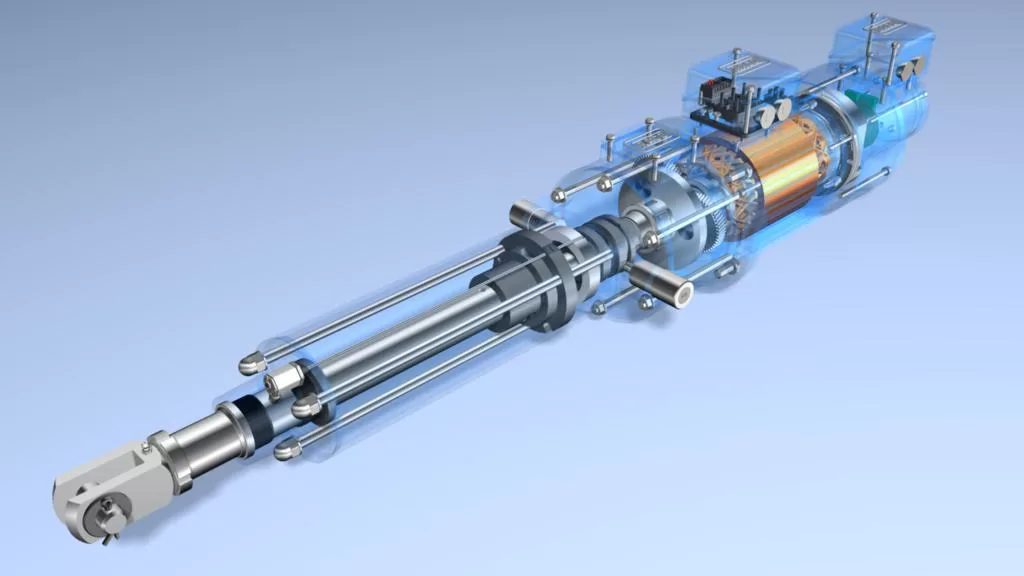What are Mass Notification Systems?
Mass notification systems (MNS) refer to technology solutions that enable organizations to send targeted or emergency messages to large groups of people quickly and reliably. MNS use multiple communication channels like phone calls, text messages, emails, desktop alerts, public announcement systems and signage to disseminate critical information. The key goal of MNS is to facilitate timely and effective communication to the intended audience during emergency or crisis situations. This article will provide a details insight on the global mass notification system market in deail.
Major Uses of Mass Notification Systems
Emergency Alerting: One of the primary uses of MNS is for emergency alerting during natural or man-made disasters like fires, floods, hurricanes, active shooter situations etc. Emergency responders can use MNS to issue instructions, evacuation orders or other warnings. This helps save lives by notifying people in harm’s way.
Business Continuity Communications: MNS help organizations maintain communications with employees, customers and other stakeholders during disruptive events. They support initiatives like IT outage notifications, facility lockdowns and work from home mandates necessitated by crises.
Safety Notifications: Educational institutions, businesses and government entities use MNS to issue safety-related alerts for issues like severe weather, gas leaks, pandemic updates, bomb threats and more. The goal is to keep people informed of potential dangers.
General Communications: Beyond emergencies, MNS are leveraged for non-urgent communications as well like campus announcements, meeting reminders, parking lot closures and other routine messages.
Benefits of Modern Mass Notification Systems
Scalable Reach: Advanced MNS can easily scale to send alerts to thousands or even millions of people simultaneously. This mass reach provides a critical advantage during widespread emergencies impacting large populations.
Multichannel Delivery: Leveraging diverse channels allows MNS to reach more people through their preferred means of contact. Critical information is delivered through methods like voice calls, text, email and digital signage to maximize coverage.
Real-time Updates: State-of-the-art MNS support dynamic, two-way communications whereby response reports can be collected and additional alerts issued in real-time as a crisis evolves. This fosters ongoing coordination.
Targeted Messaging: Sophisticated systems enable geo-targeting and user-segmentation features that allow tailoring alerts based on factors like location, language preferences, department and more. Irrelevant information is filtered out.
Compliance: MNS ensure regulatory compliance with mandates on timely warnings. Advanced features like audit trails, version control and detailed reporting satisfy various compliance standards for critical infrastructure organizations.
Key Components of Modern Solutions
Notification Software: Core software manages alert creation, distribution rules, contact databases, activity logs and other capabilities. Rule-based workflows automate common scenarios.
Address Management: Robust contact management modules provide tools to enroll recipients, update profiles and maintain various contact mechanisms.
Multichannel Distribution: Integration with voice, SMS, email, streaming media and other channels enables delivering alerts through different wires and airwaves.
Geo-targeting: Mapping and location-aware features support targeting notifications to specific geographic regions or areas based on polygons, points, distances and more.
Two-way Interaction: Select solutions integrate with mobile apps, websites and other digital touchpoints to collect feedback and responses in the form of surveys, check-ins or other interactions.
Analytical Insights: Advanced analytics and reporting dashboards provide actionable visibility into metrics like reach, engagement, open/click rates and other KPIs to optimize alert strategies.
APIs & Integrations: Open APIs facilitate seamless integration with third-party systems for functions like single sign-on, data imports/exports, internal app notifications and more.
Choosing the Right Solution
When selecting a mass notification provider, key factors to consider include reliability, scalability, compliance certifications, user experience, supported channels, customization options, deployment flexibility and total cost of ownership. An evaluation should cover both functional requirements and non-functional criteria to identify the best-fit system for an organization’s unique needs. Proper vendor selection results in a powerful yet user-friendly solution that delivers the intended safety benefits through well-coordinated emergency response. The global mass notification system market will enjoy immense benefits in future.
*Note:
- Source: Coherent Market Insights, Public sources, Desk research
- We have leveraged AI tools to mine information and compile it



